Italy holds a special place in our hearts. We adore Italy for its delectable gelato, adorable cocker spaniels, beautiful people, mouth-watering food, and exquisite wines. In essence, we cherish the joy of life, and nowhere is this joy more palpable than in Italy.
The Enchanting Amalfi Coast
Stretching approximately 50 kilometers, the Amalfi Coast is a marvel of natural beauty and historical significance. This UNESCO World Heritage Site, designated in 1997, is renowned for its stunning cultural and natural landscapes. The coastline features 13 towns, many of which are famous for their vertical layouts, where buildings are ingeniously built into the cliffs. This architectural style offers breathtaking views of the Mediterranean Sea.
Vertical Villages
Towns such as Positano and Ravello are prime examples of this vertical construction. The houses and buildings seem to cascade down the cliffs, providing awe-inspiring panoramas of the sea below.
Whenever I see the packed tourist boats, I feel incredibly fortunate to explore this beautiful region at our own pace. We avoid the crowds, go where we please, and truly savor the experience. The Amalfi felt like a dream. Since we had a rental car, we took full advantage of it, even making a stop at the local supermarket to stock up on provisions.
The Majesty and Peril of Mount Vesuvius
Mount Vesuvius is one of the world’s most famous volcanoes, known for its eruption in AD 79 that led to the destruction and preservation of Pompeii. However, the nearby Campi Flegrei, an enormous underground supervolcano, is a lesser-known but potentially even more dangerous volcanic complex.
Campi Flegrei, Spanning 13 kilometers, this supervolcano is one of the most hazardous in the world, with the capacity to affect millions. Its last eruption occurred over 500 years ago, but recent seismic activity has raised alarms among scientists.
Seismic Activity
In May 2024, the region experienced a 4.4 magnitude earthquake, the strongest in 40 years. This event heightened concerns about the volcano’s potential activity.
Given this increased seismic activity, the Italian Civil Protection agency has been proactively updating evacuation plans to ensure the safety of the 500,000 residents living in the red zone around Campi Flegrei.
We visited this area in June, just after the earthquake and just before the eruptions in July. During our time in Salerno, we saw bubbles in the bay rising to the surface. We loved our adventures exploring the volcanoes, but we are also quite relieved to leave the area, knowing the potential danger underground.
Pompeii: A Window into Ancient Rome
Pompeii, the ancient Roman city near modern Naples, offers a unique glimpse into the past. This city, frozen in time by the catastrophic eruption of Mount Vesuvius in AD 79, is one of the most significant archaeological sites in the world.
Walking through Pompeii’s ruins, visitors can see well-preserved structures like the amphitheater, temples, baths, and the iconic Forum. The vivid frescoes and mosaics in the homes of Pompeii’s wealthy citizens reveal their artistic sensibilities and everyday activities.
One of the most striking aspects of Pompeii is how advanced the city was for its time. The inhabitants had air conditioning systems, sophisticated sewage networks, bathhouses, and even vineyards. In the more luxurious villas, they created water pools in the center of rooms, which were filled with rainwater to cool the warm spaces during summer. These pools also served as water sources for cleaning or bathing.
I was struck with disbelief and sorrow when I saw the plaster casts of the bodies in Pompeii. It was haunting to see some people still sitting at their tables, while others were captured in their final moments, running for their lives. The sight of small children and babies was particularly heartbreaking. These casts are a poignant reminder of the tragic human cost of this ancient disaster.
Today, Pompeii is a UNESCO World Heritage Site, attracting millions of visitors annually who come to witness its haunting beauty and historical significance. This remarkable archaeological site continues to teach us about ancient Roman society, architecture, and the power of nature.
Italy never ceases to amaze with its blend of history, culture, and natural beauty. From the stunning Amalfi Coast to the formidable Mount Vesuvius and the timeless ruins of Pompeii, this country offers an endless journey of discovery and delight.


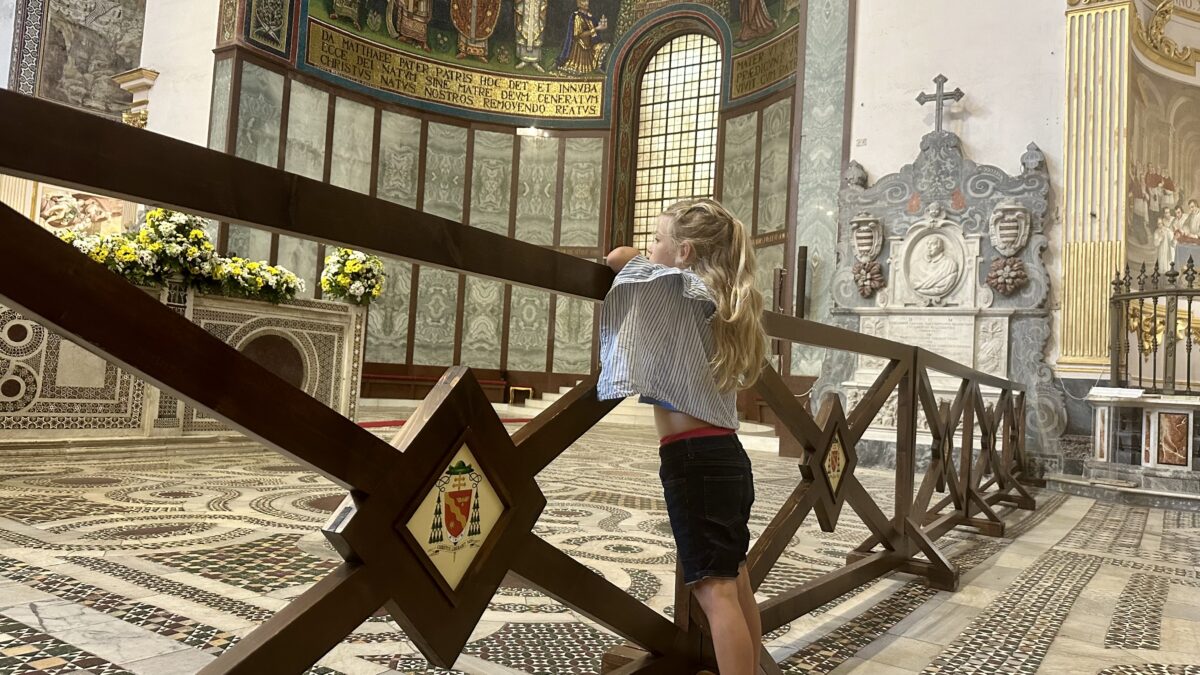
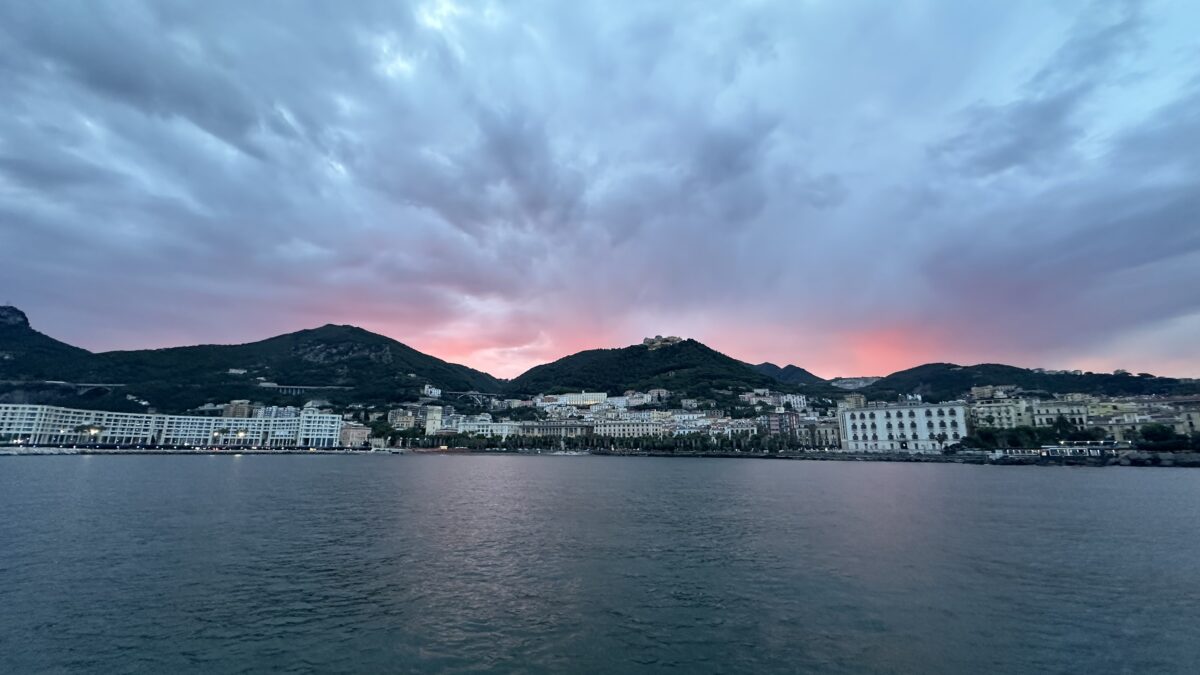
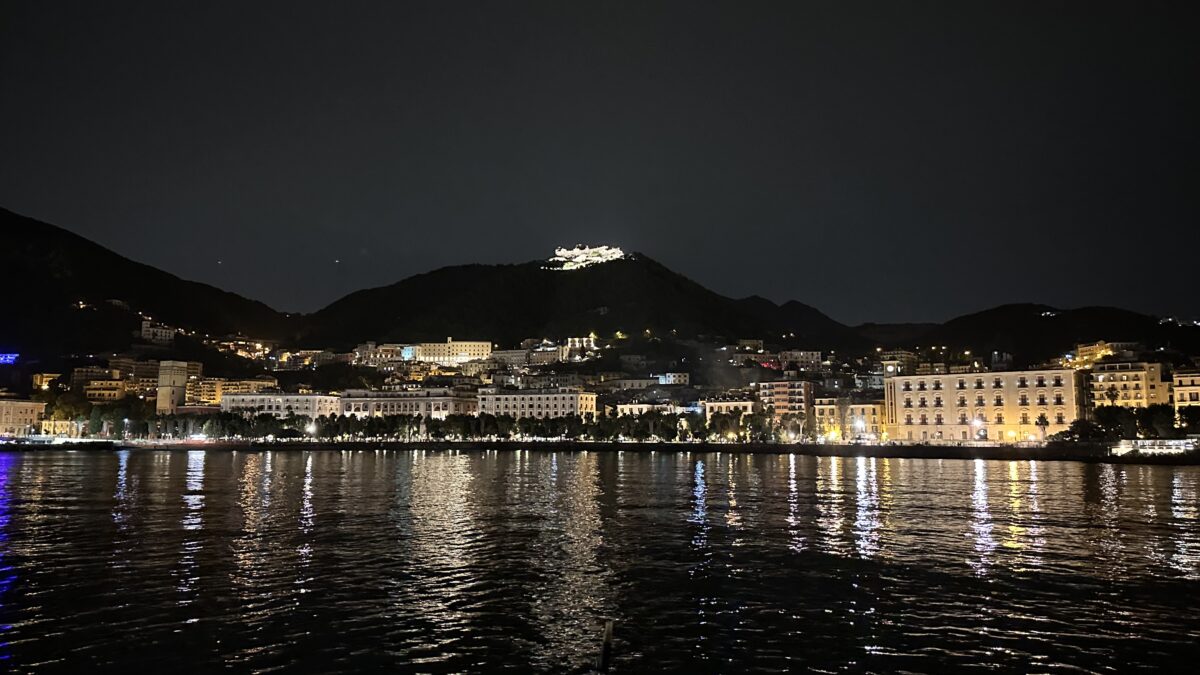
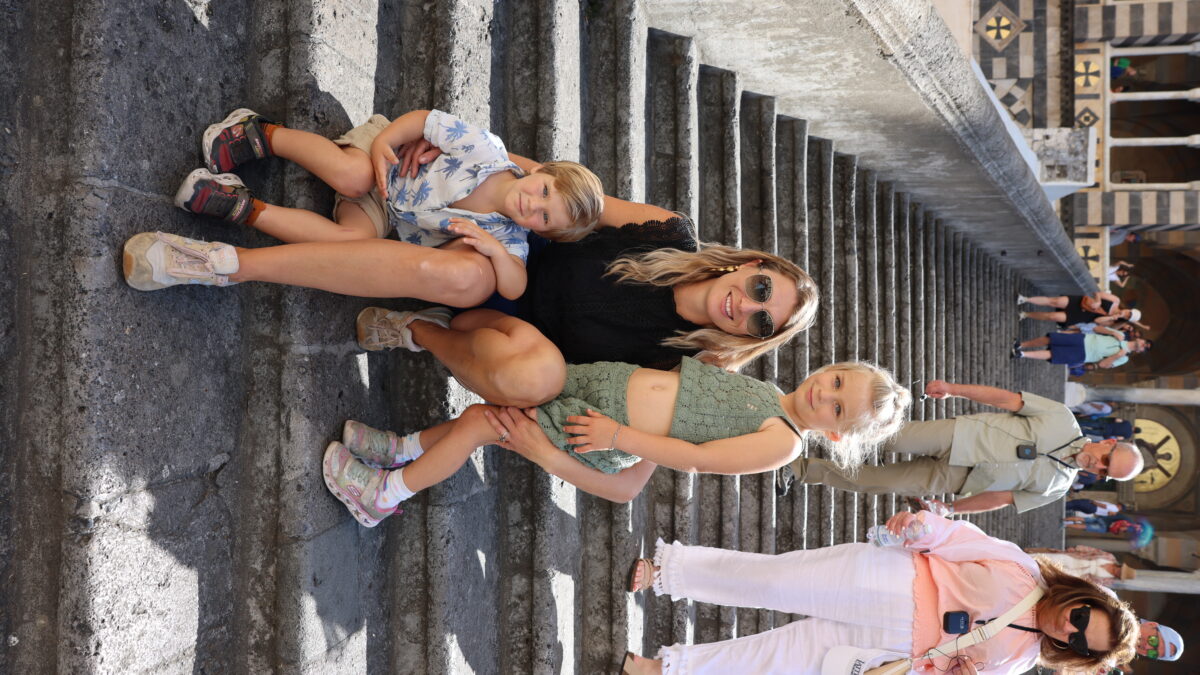
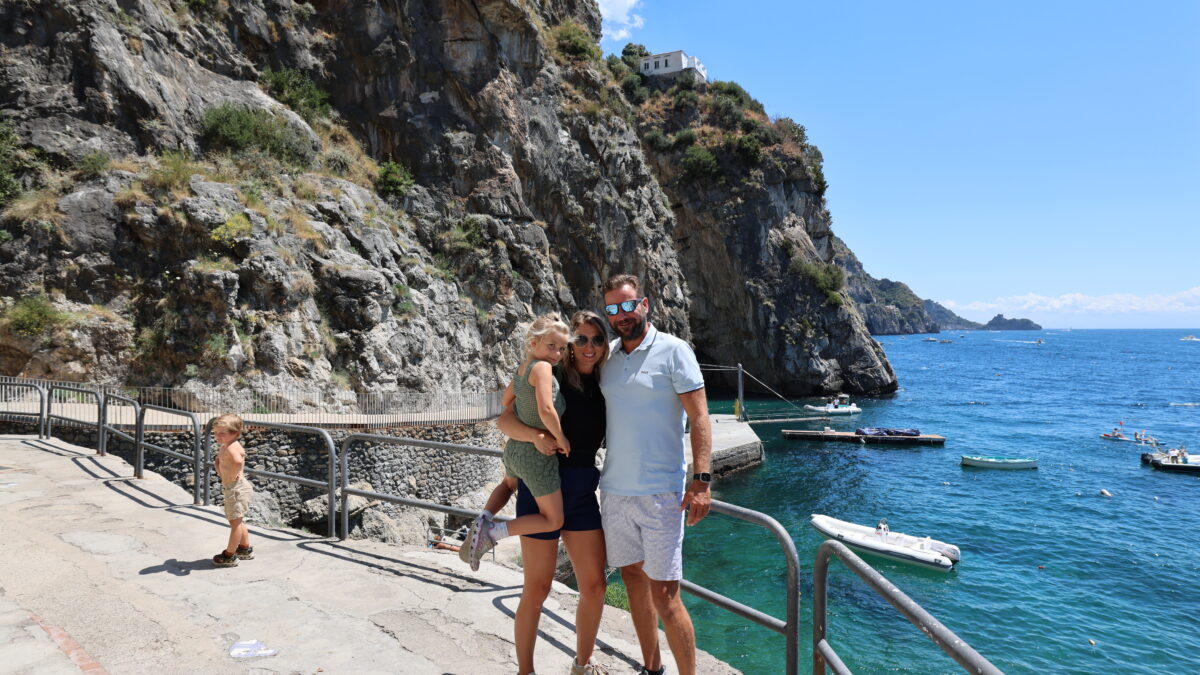

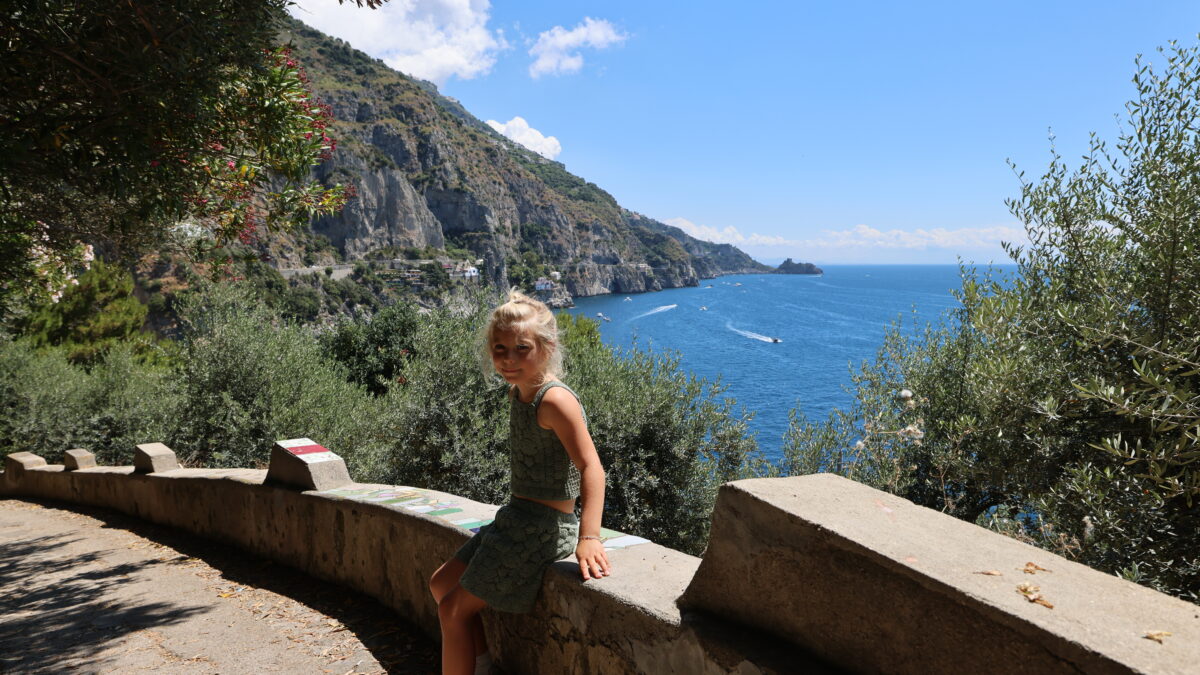

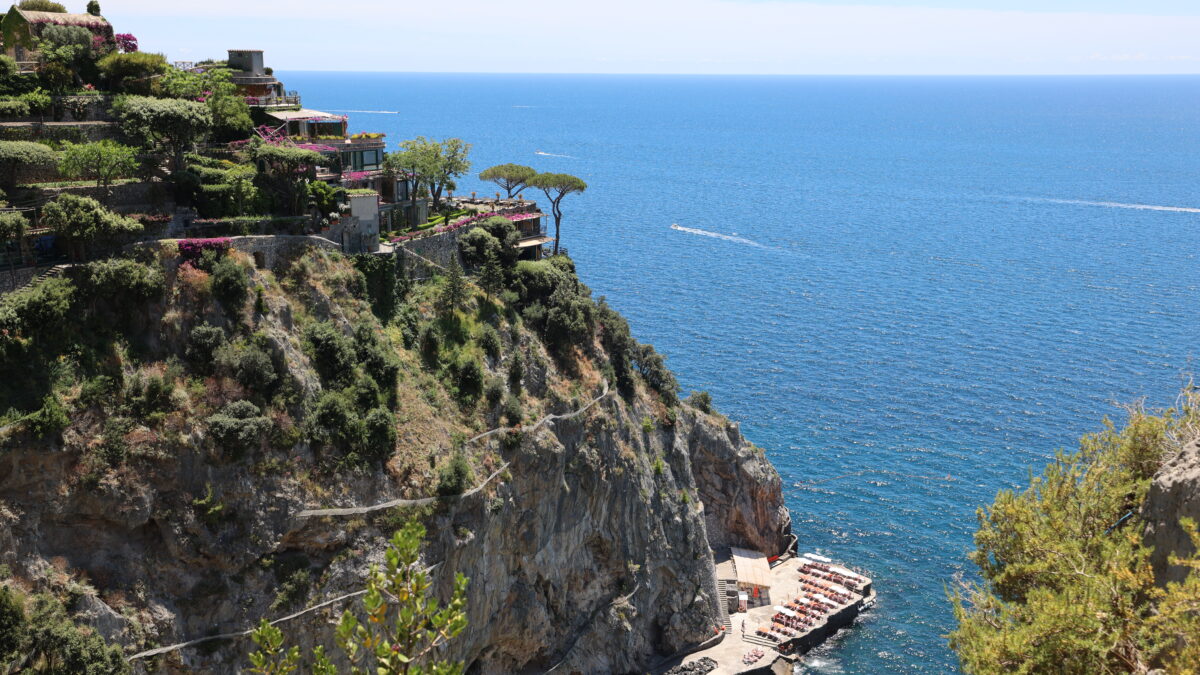

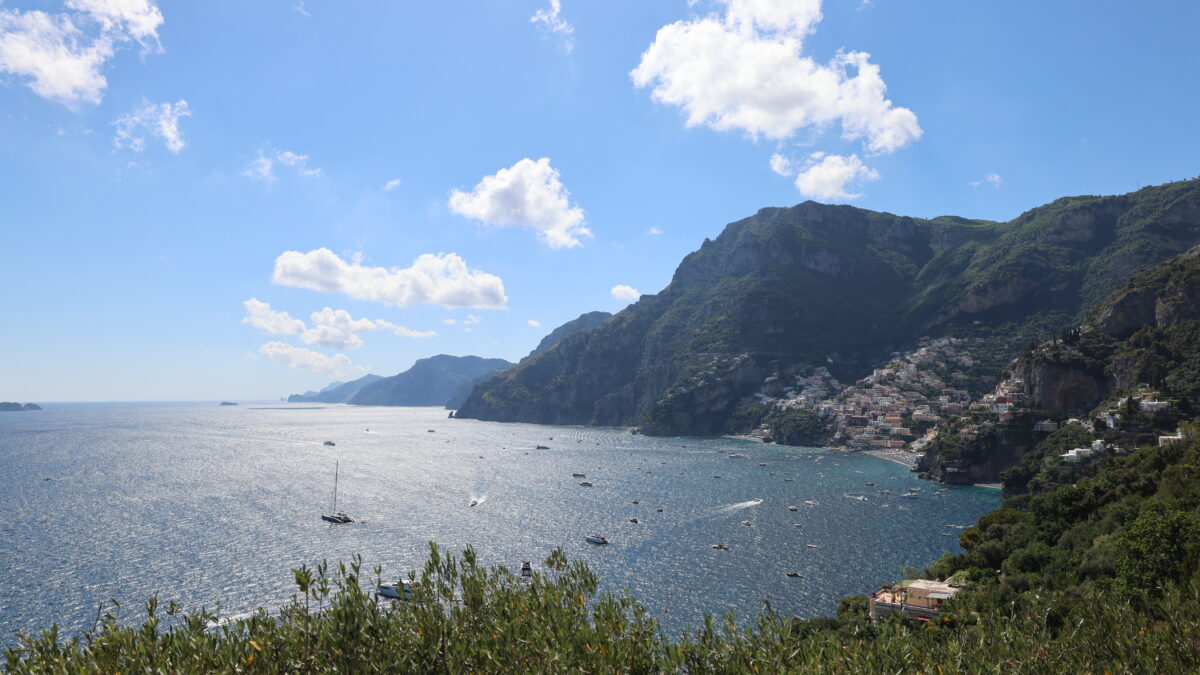



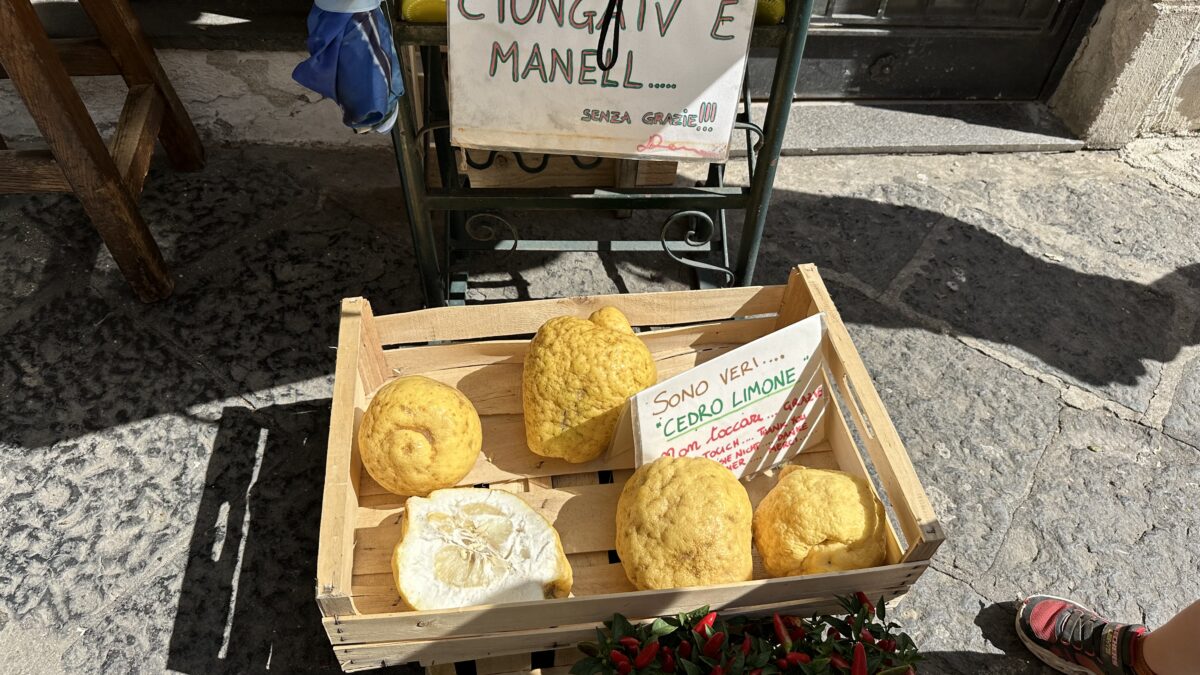


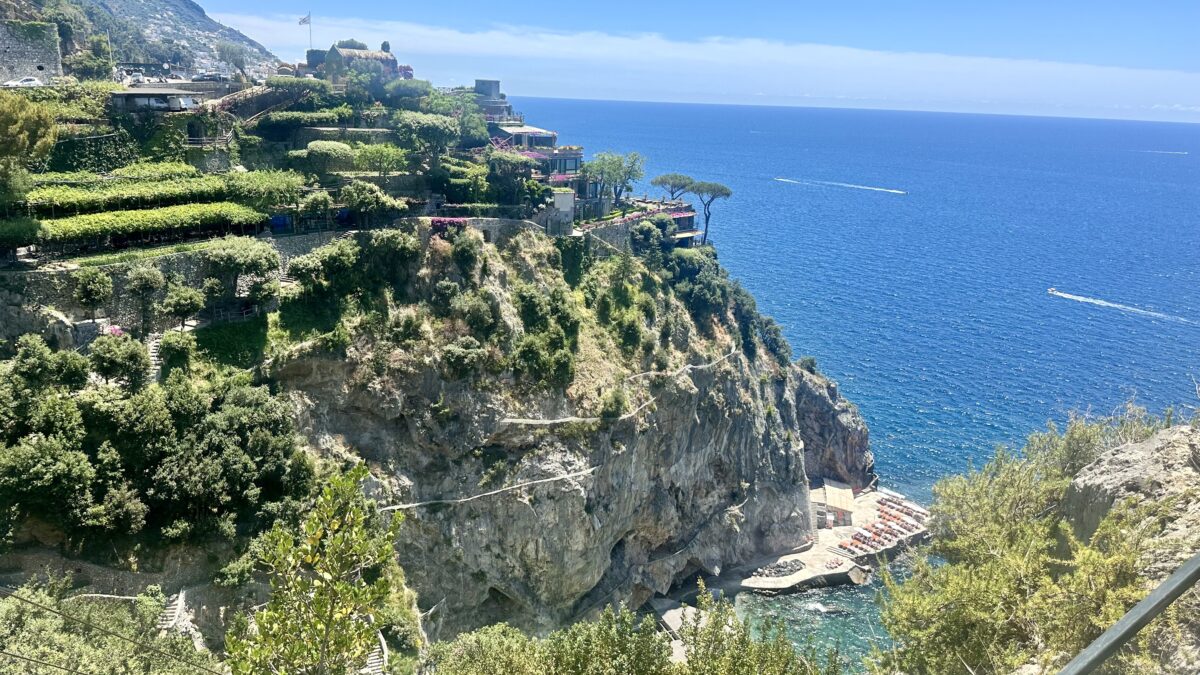

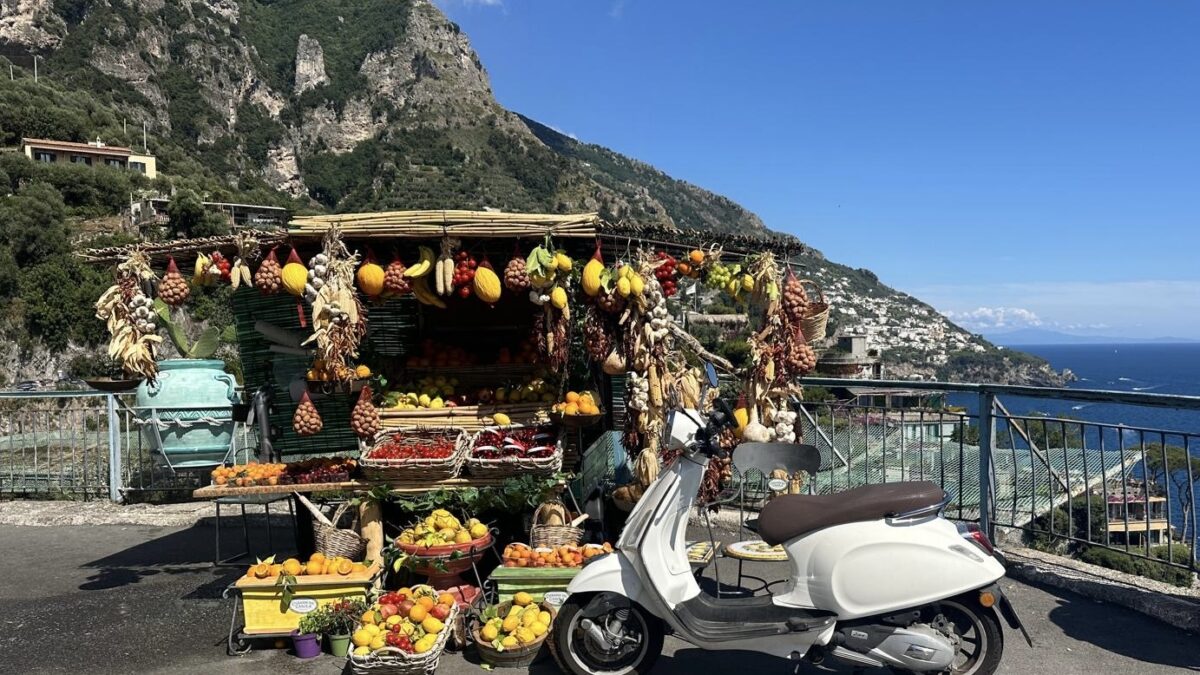
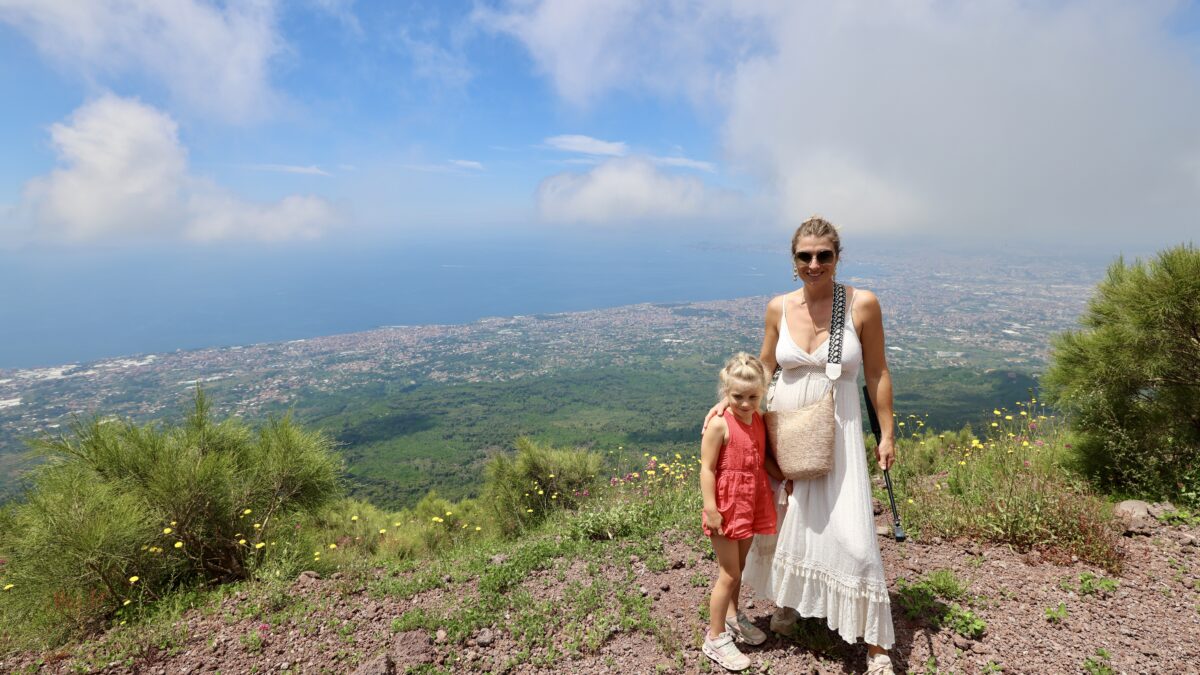
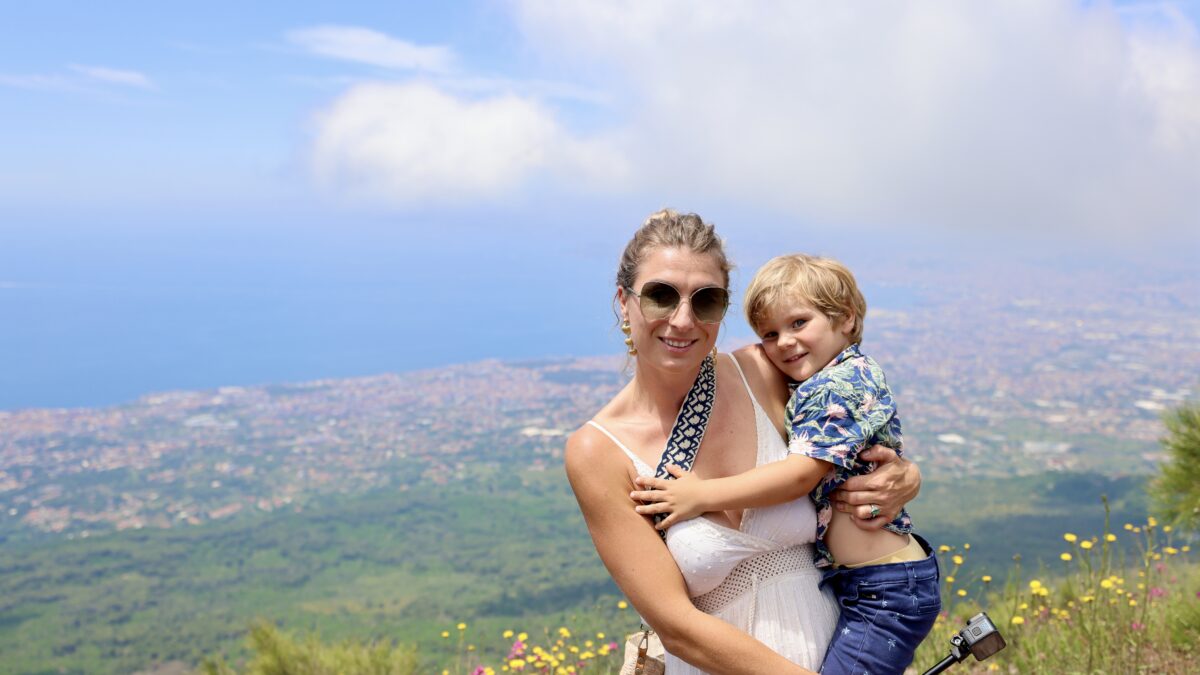
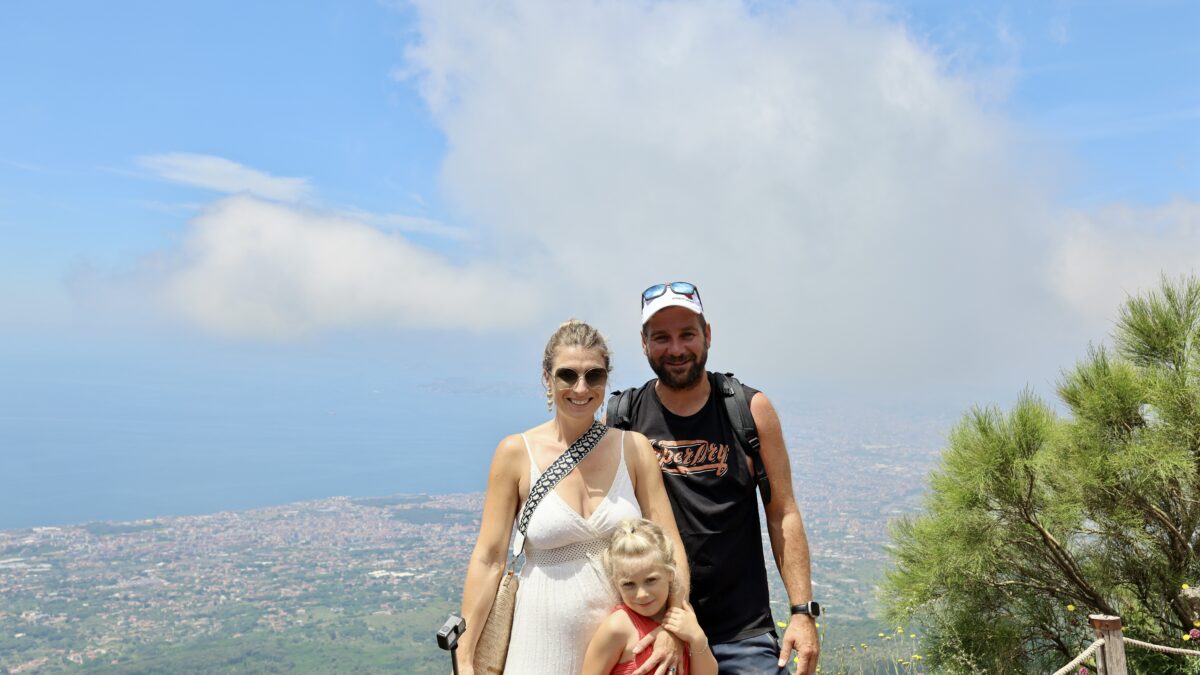
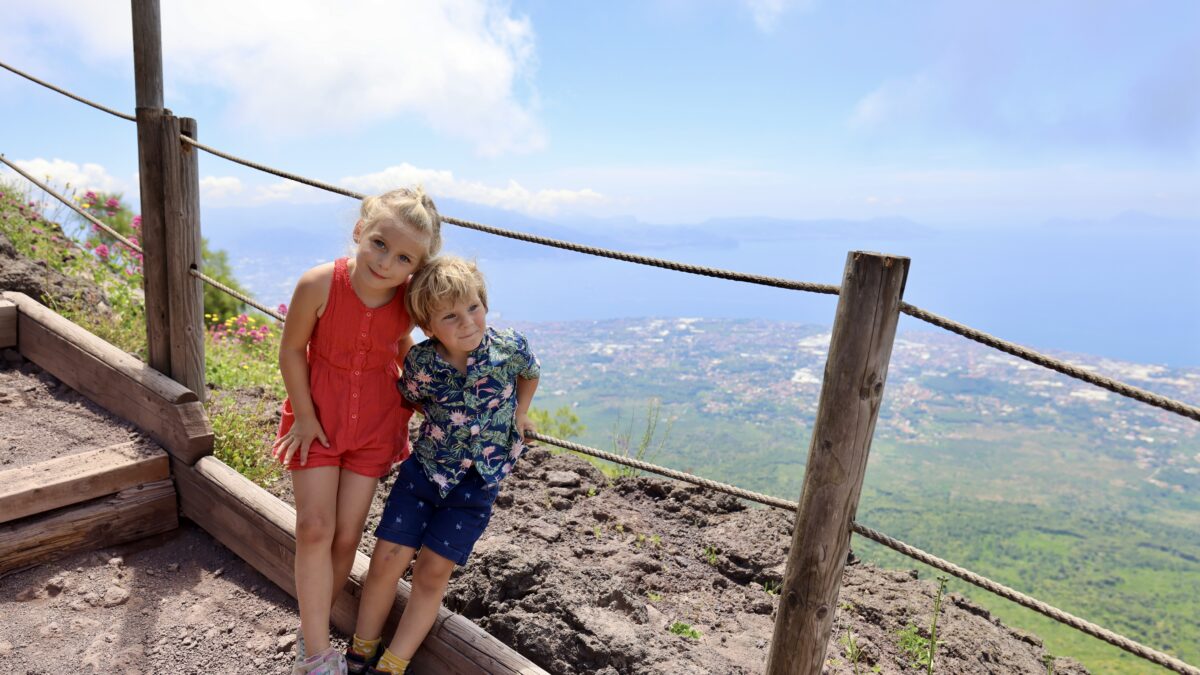
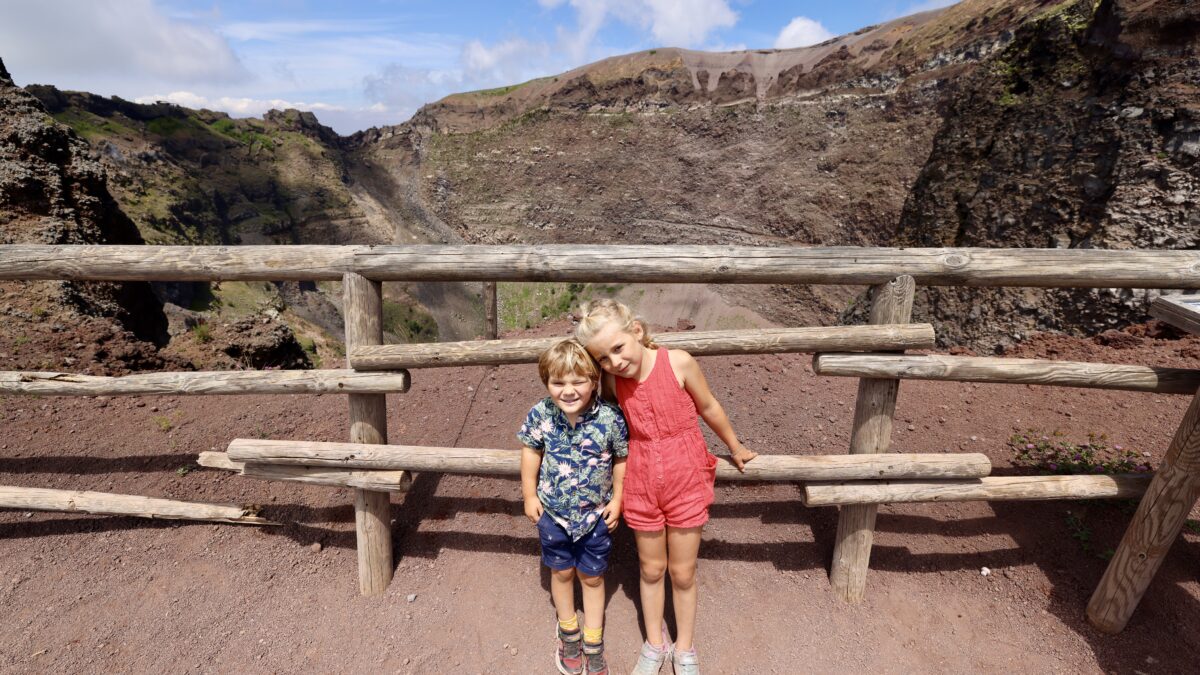
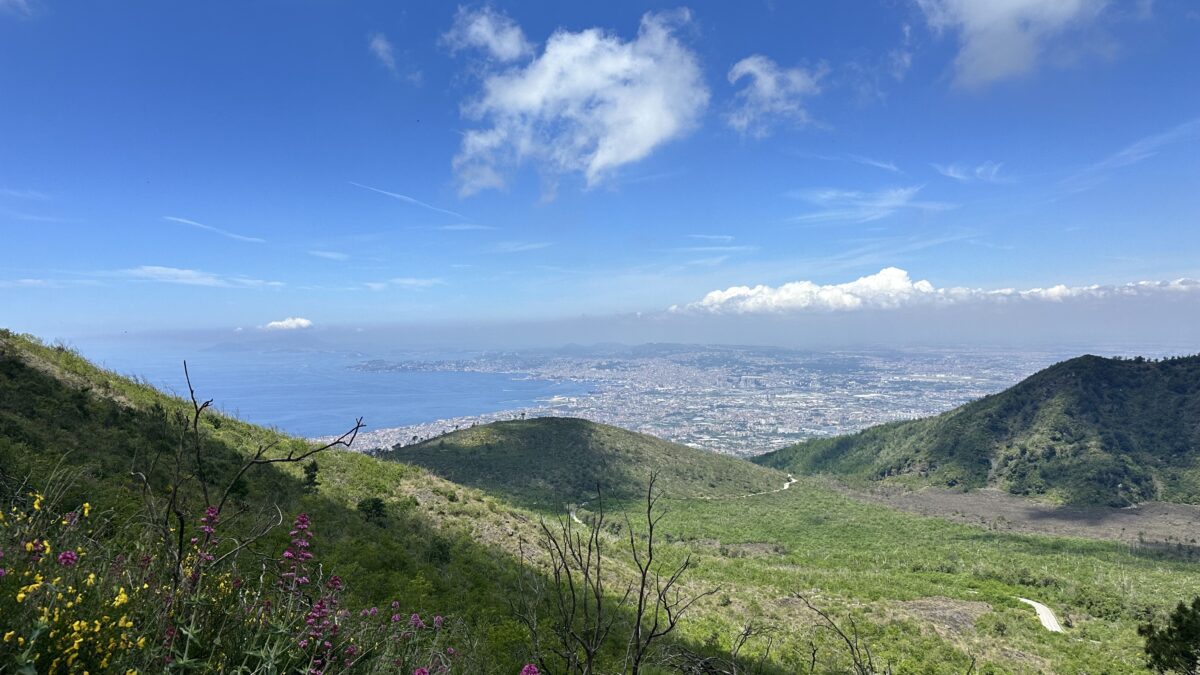



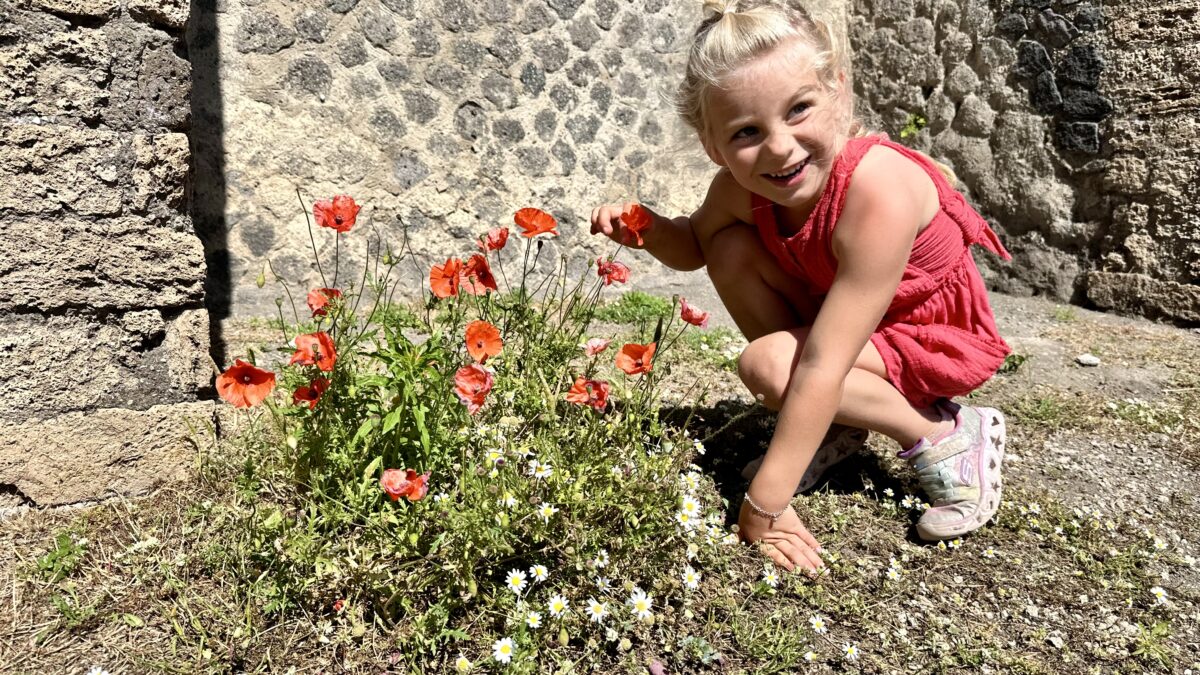


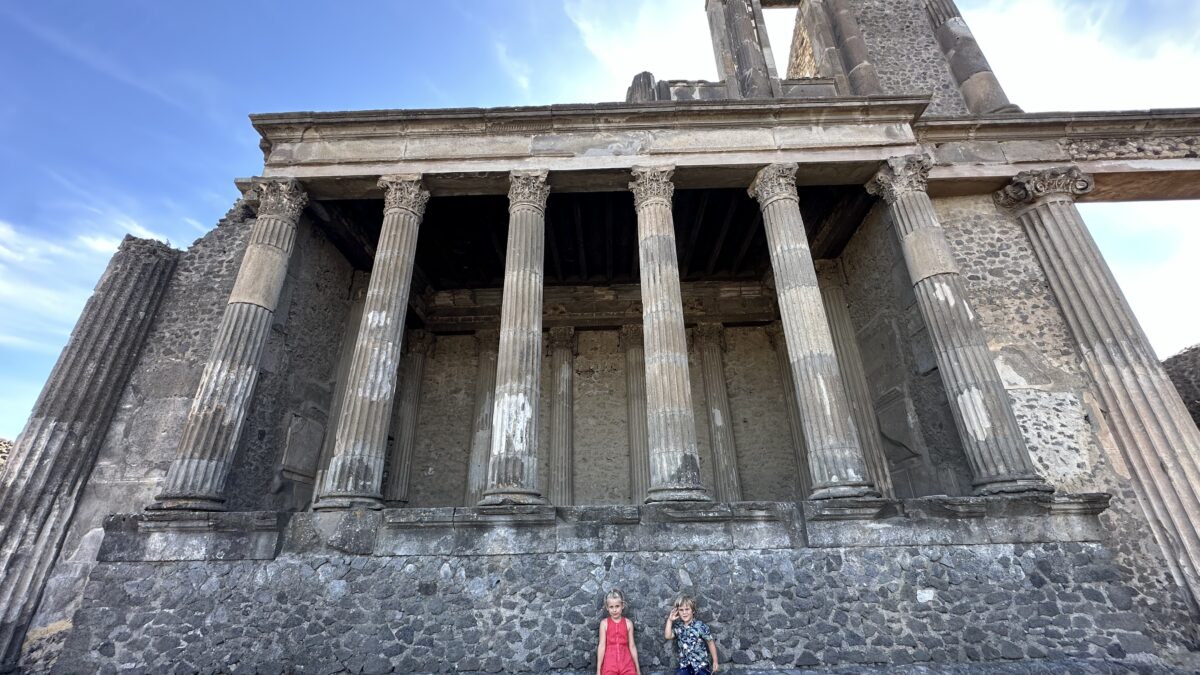


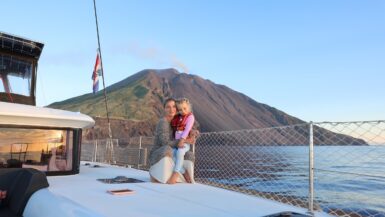

Leave a reply